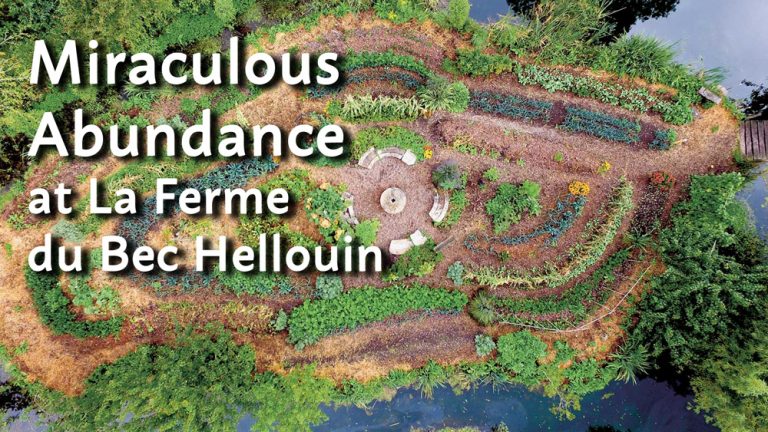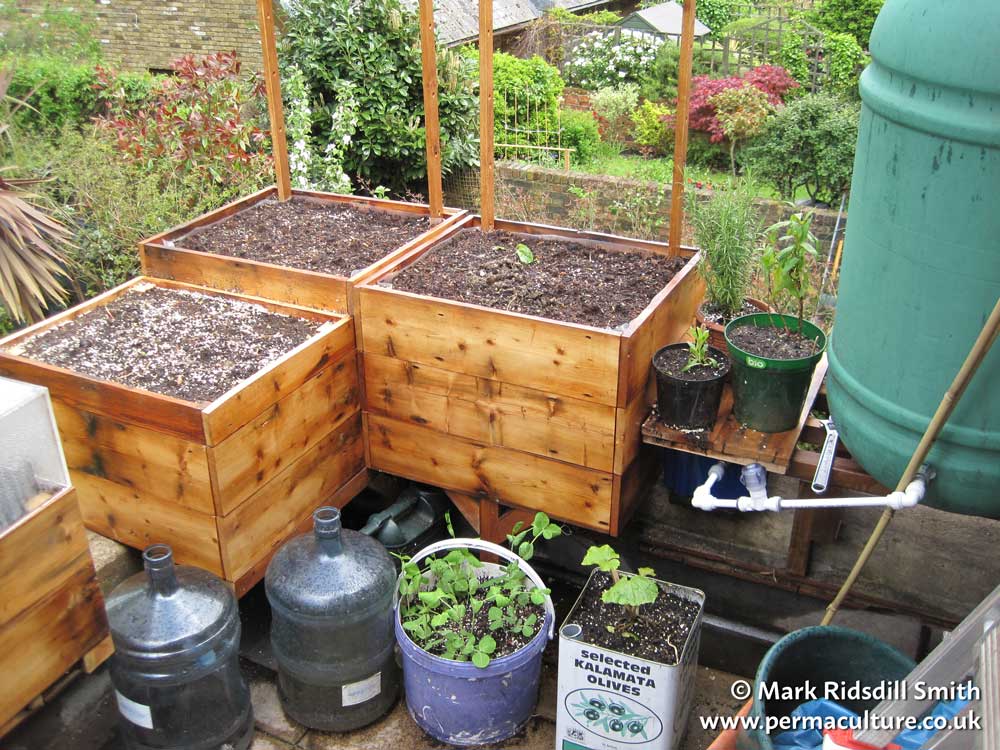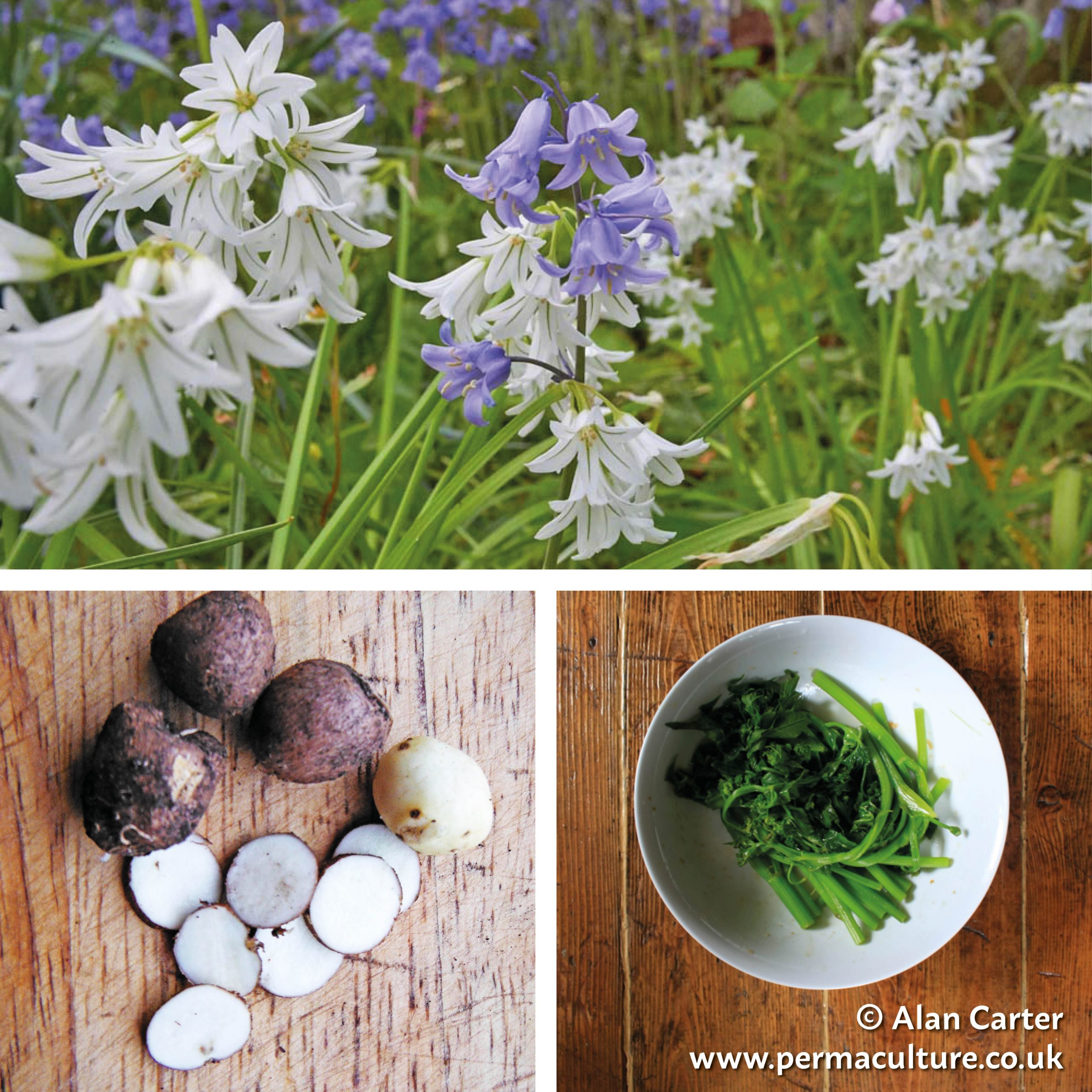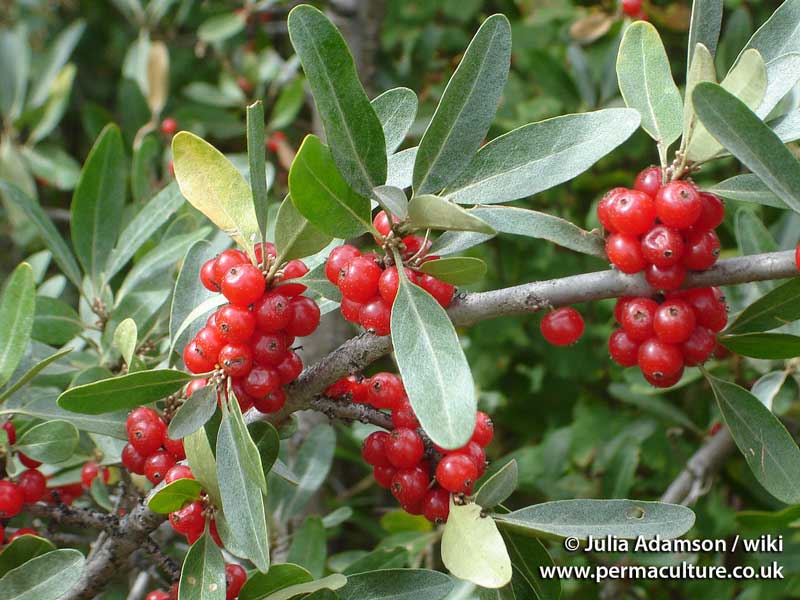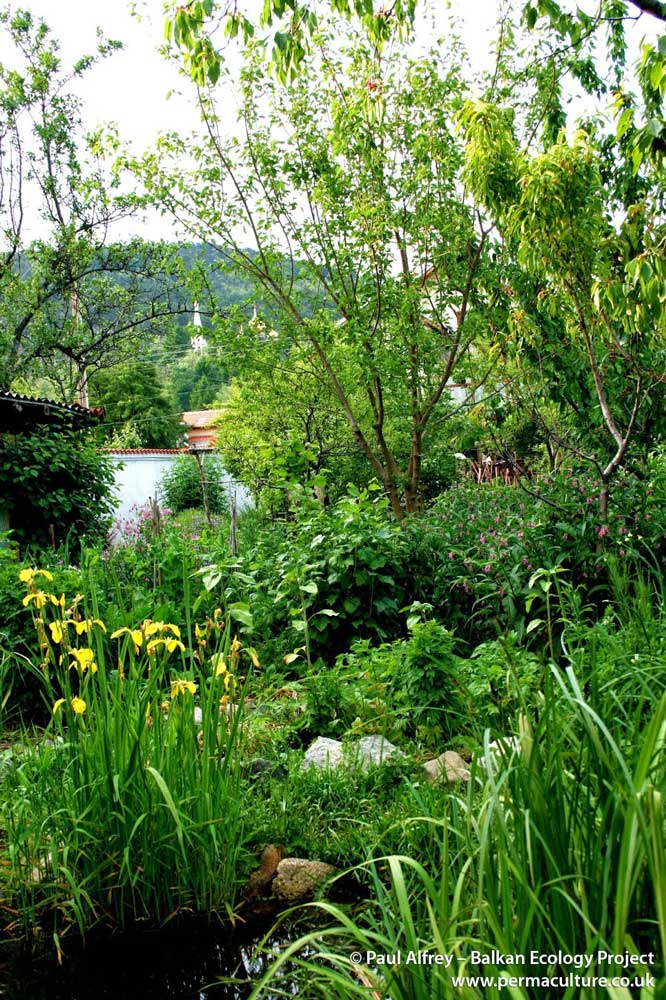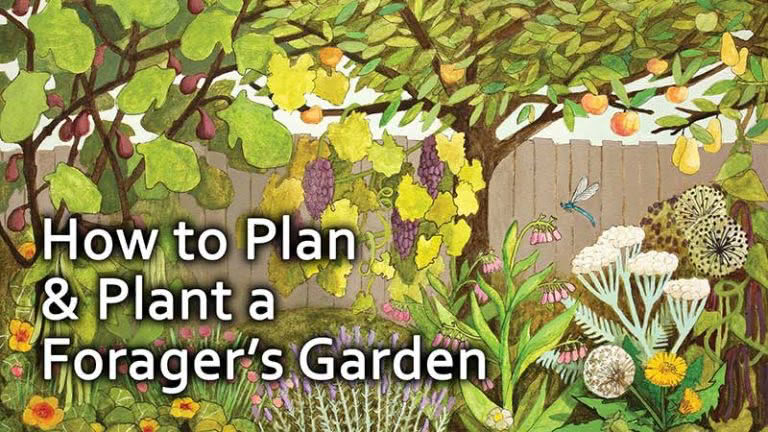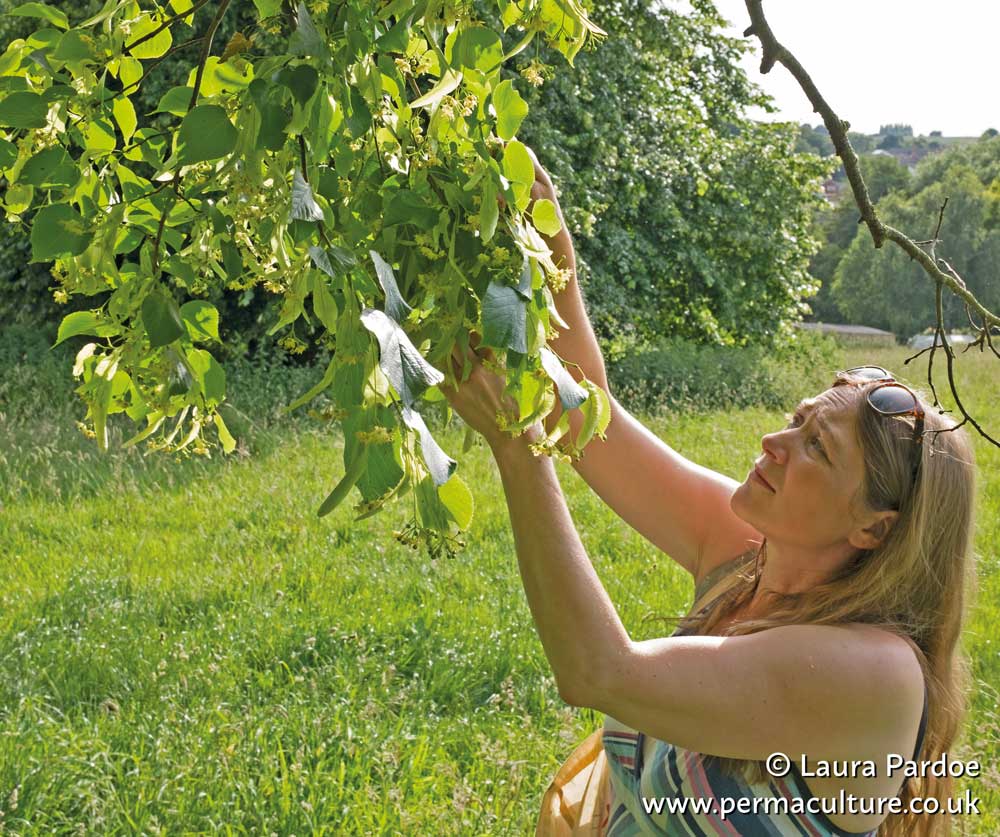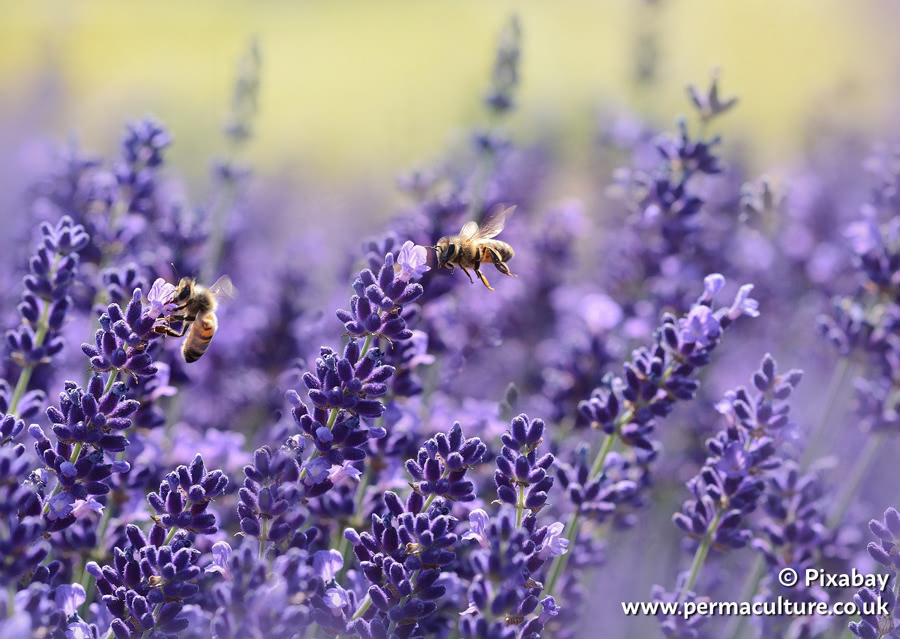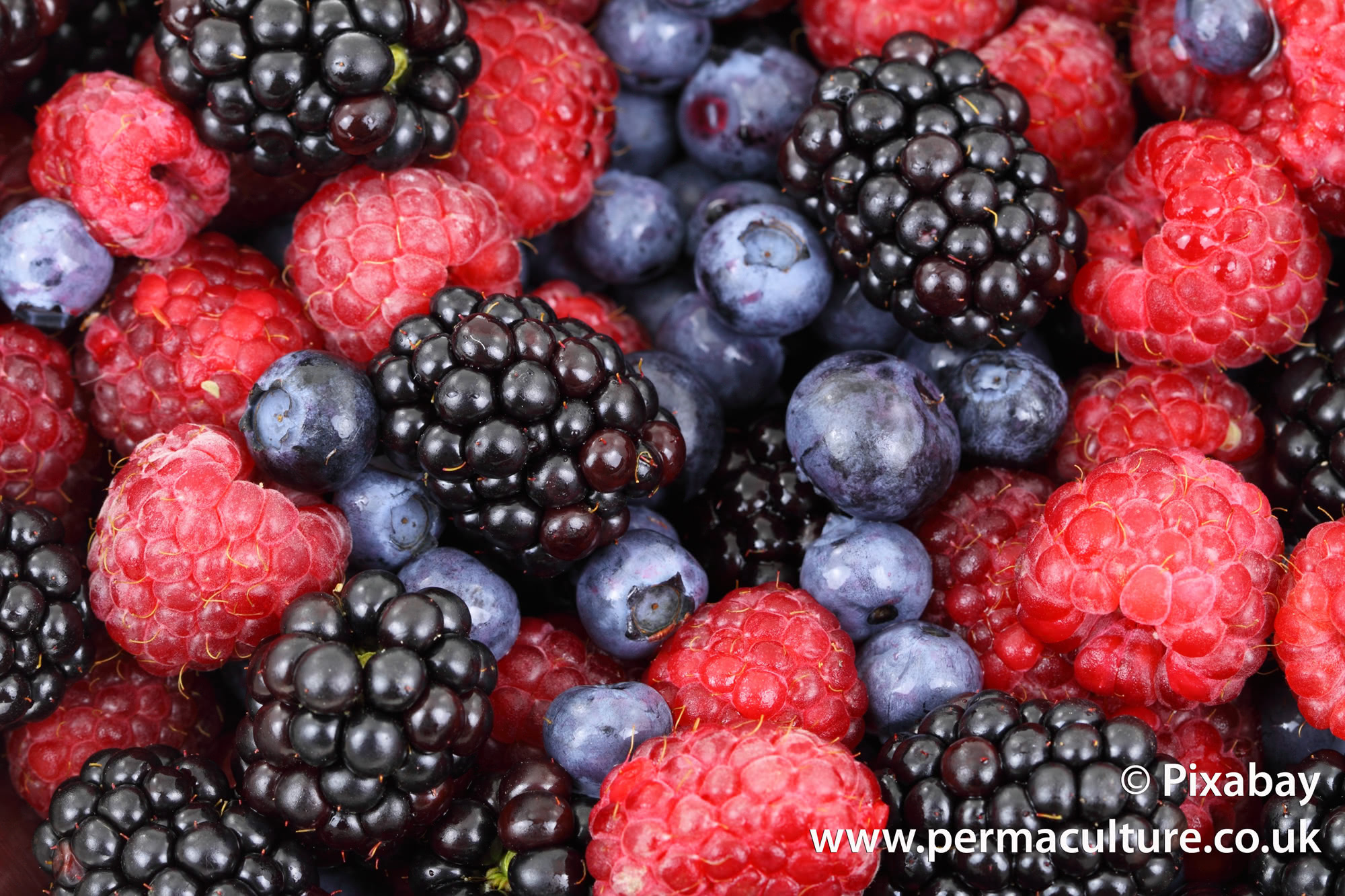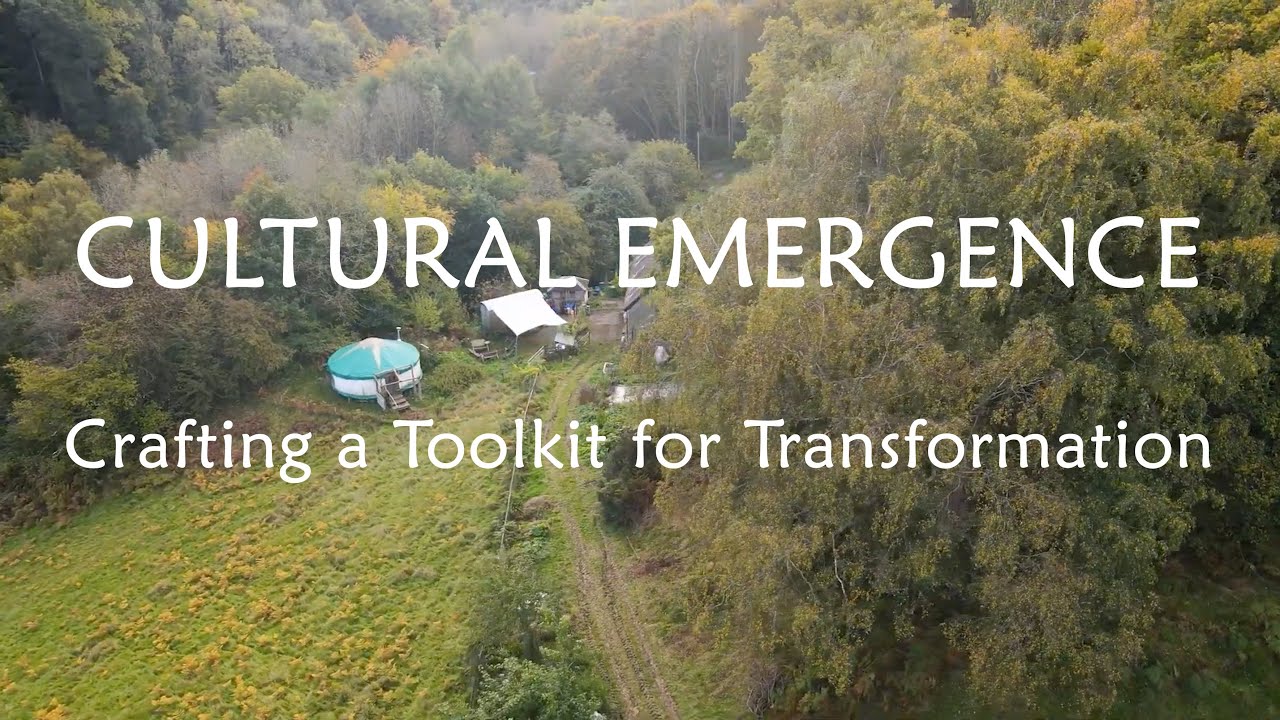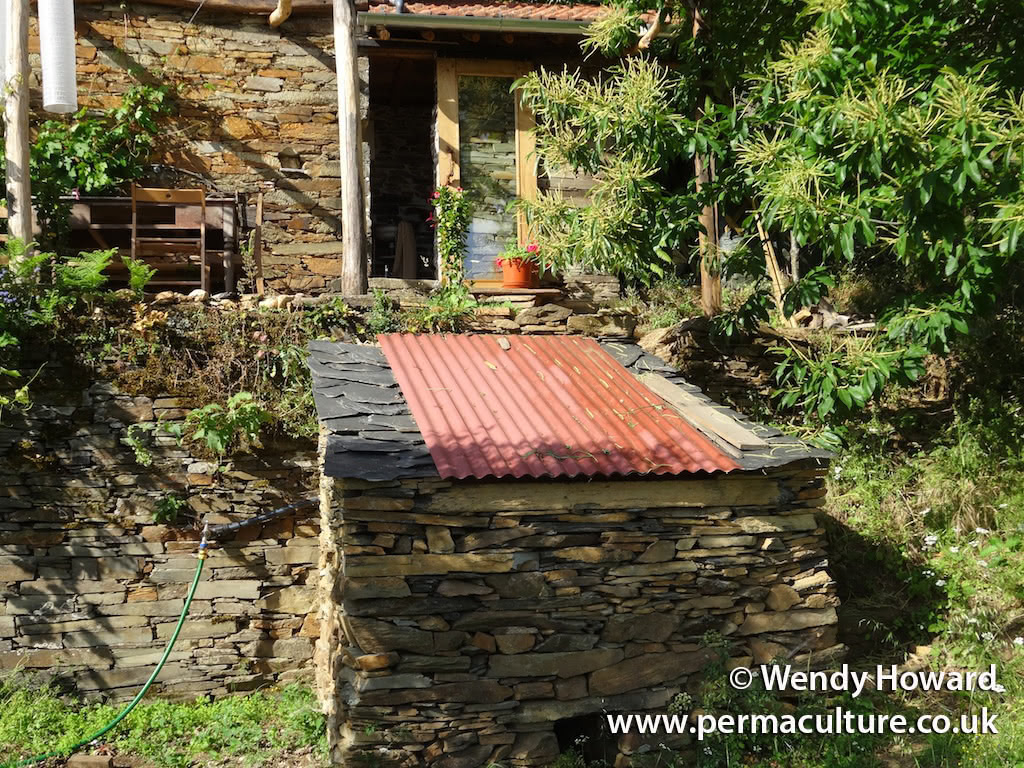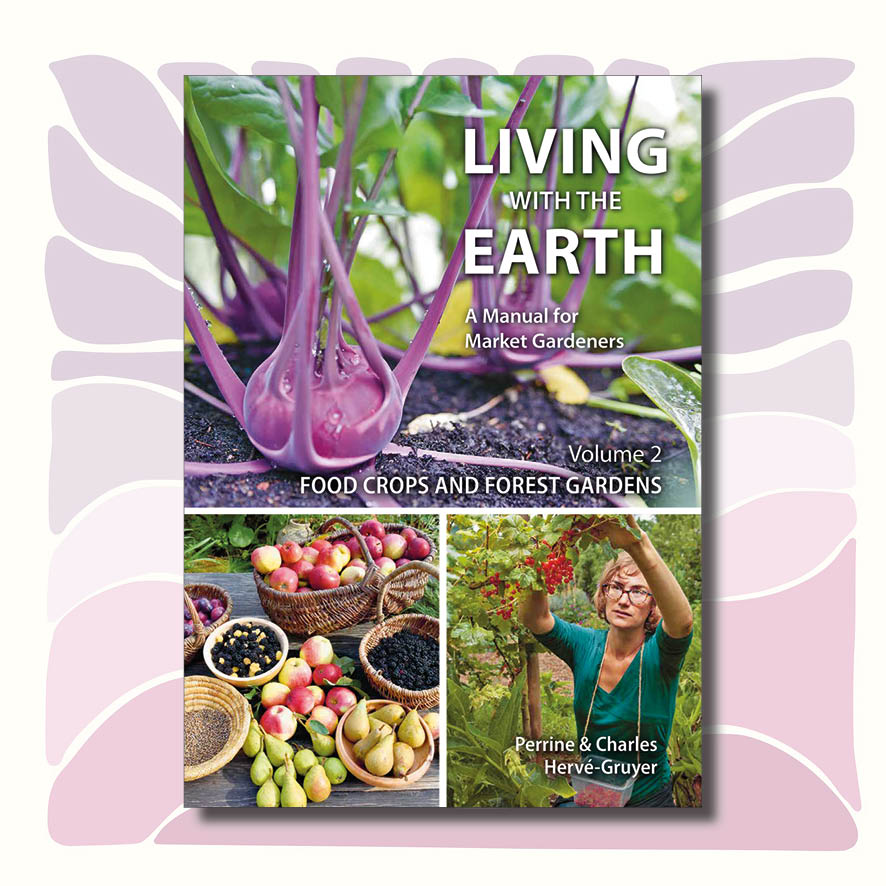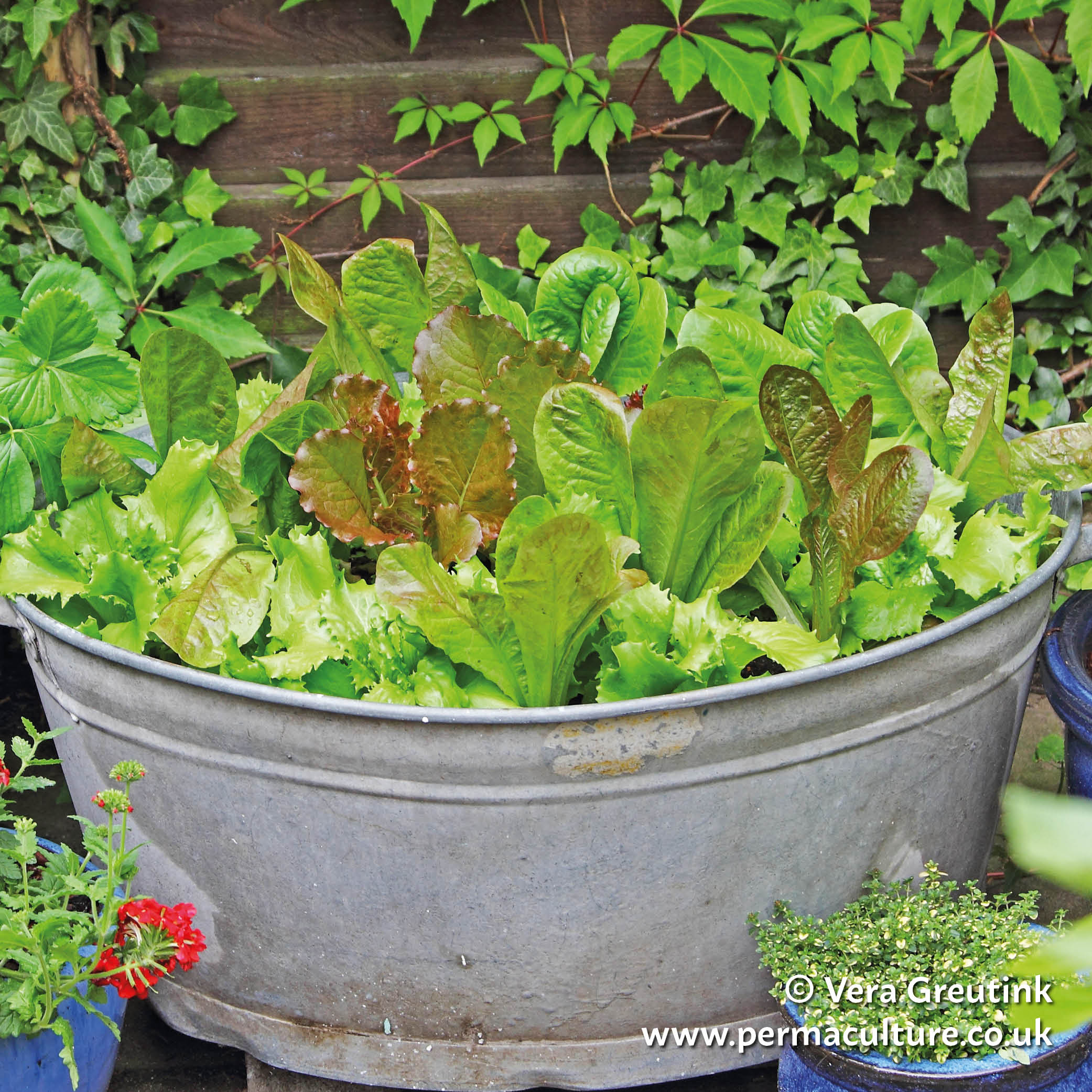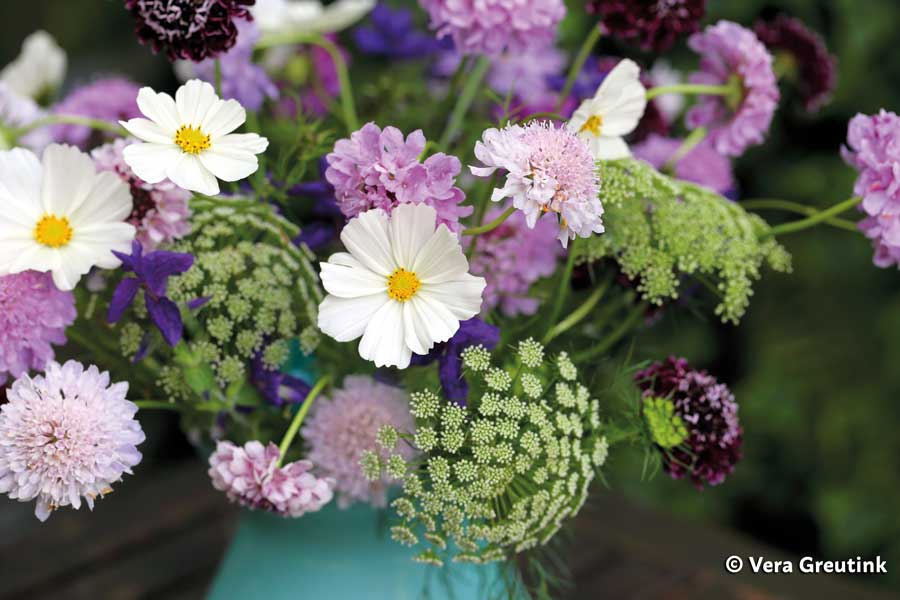Hawthorn (Crataegus monogyna) is a small European tree with early sprays of fragrant flowers followed by red berries, significant for wildlife and all parts can help to relieve anxiety and benefit the circulation.
Alternate names: English hawthorn, whitethorn, haw, oneseed hawthorn
Parts used: Flowers, leaves and fruits (berries) are all used.
A long-lived deciduous, thorny, large shrub or small tree growing up to 10m high and 6m wide. Small-toothed leaves with three to five acute lobes are borne on thorny branches. Pinkish-white flowers with five petals and 15-20 stamens are produced from May to June with the seeds ripening from September to November. The flowers are hermaphrodite and are pollinated by midges.
Hawthorn is native to the northern wooded zones of Europe, parts of northern Africa and western Asia. It has become naturalised in parts of North America and other temperate locations as a garden escape. This plant is considered invasive in some parts of North America.
There are some 280 species of hawthorns in the genus Crataegus, including some with attractive flowers and others with edible fruits. In the US, C. monogyna is an introduced species, and other native species could be used such as C. douglasii. All species are likely to have some medicinal effect, including the Midland hawthorn (C. oxyacanthoides or C. laevigata) which has less deeply lobed leaves.
Hawthorn suits most soils, and prefers moist soil although it tolerates drought, maritime exposure and atmospheric pollution. Will grow in light woodland or on woodland sunny edge, but not in heavy shade. The hawthorn is hardy to USDA zone 4 (UK zone 3). Hawthorn can be repeatedly pruned and will form an impenetrable bush. In a woodland context it may need regular pruning to avoid people coming into contact with thorny branches. Suckers may need to be removed from the base. Pollarding is not recommended unless a young tree; at Holt Wood we found that pollarding a mature tree produced many dozens of spiny shoots. Seedlings take from 5-8 years before they start to bear fruit. A study of different methods of hedgerow management, predominantly hawthorn, found that the unmanaged areas were substantially more productive of berries, producing around 150g (dry weight so about half the fresh weight) per 2.5m2 surface area of hedgerow.
Hawthorn like other Prunus family plants is susceptible to apple scab, leaf blights and rusts.
Fresh seed can be cleaned and planted immediately in a cold frame. Seed can be stored 2-3 years in a sealed container in a refrigerator. Stored seeds need 7-8 hours soaking, followed by three months, warm stratification and a further three months, cold stratification. Cuttings are rarely successful.
Flowers and leaves can be harvested in May; they may have a fishy smell (trimethylamine to attract insects) which disappears on drying. Berries are gathered in September/October when ripe and also dried. Take extra care, and wear thick gloves, to avoid the sharp thorns when harvesting.
Hawthorn has a considerable history of magical association and folklore. It was particularly associated with May Day festivities, and is also frequent in place names and boundary charters. Although used for decoration outside, there was a belief that it should not be brought into the house for fear of illness and death. The World Health Organization describes folk medicine use of the leaves and flowers as an antispasmodic for asthma, diarrhoea, gallbladder disease and uterine contractions, and sedative for insomnia.
Flower, leaf and fruit actions are anti-oxidant, coronary vasodilator, diuretic, astringent, anti-inflammatory and hypotensive. Hawthorn leaf and flower can be used in heart palpitations and stress, hypertension and hypercholesterolaemia. The World Health Organization includes hawthorn treatment in stage II chronic congestive heart failure.
Anxiety was shown to decrease in a trial using an extract of magnesium, hawthorn (C. oxyacantha) and Californian poppy (Eschscholzia californica) twice daily for three months: patients showed a significant decrease in anxiety measured by self-report and the Hamilton Anxiety Scale. Hawthorn has a history of use and clinical evidence to support its cardiovascular benefits, especially cardiotonic activity. Hawthorn extract has been shown to lower blood pressure in a number of studies. Research has shown that hawthorn preparations have been of benefit in ischaemic heart disease. Hawthorn preparations contain bioflavonoids which are anti-oxidant and help to prevent degeneration of blood vessels; they relax and dilate the arteries so increasing blood flow to the heart muscle. However, the benefits of this herb are felt only after prolonged use, at least 4-6 weeks.
Dried flowers and leaves, up to 6g per day, can be steeped in tea for 10-15 minutes. Dried berries, tincture 1:5, 1-5ml three times daily. A liqueur can be made with hawthorn berries steeped in brandy.
Leaves and fruits of hawthorn species contain polyphenolic flavonoids (such as quercetin glycosides and flavone-C-glycosides), and oligomeric proanthocyanidins providing a high level of anti-oxidant activity in addition to strong antibacterial activity against gram-positive bacteria. Other constituents include quercetin, quercetrin, triterpene saponins, vitamin C and cardioactive amines. Flowers revealed the highest tocopherol and ascorbic acid contents, and also the best essential fatty acids ratio.
Commercial preparations are standardised to 5% or more oligomeric proanthocyanidins and 2% flavonoids, with doses ranging from 160-900mg of the dried extract. The material of commerce for the phytomedicine industry is obtained from European countries including Albania, Bulgaria, Romania, the former Yugoslavia and Poland.
Use of hawthorn in heart complaints must be supervised by a clinical practitioner. Studies have found that hawthorn preparations are well tolerated with little evidence for anything other than infrequent mild adverse effects of headache, nausea and palpitations. However, hawthorn preparations may potentiate the actions of digitalis, antihypertensives and lipid-lowering medications, so medical advice should be sought if taking prescription medications for circulatory complaints. Seeds in the hawthorn fruits (like apple seeds) contain amygdalin, a cyanogenic glycoside, and should not be eaten to excess as they can produce cyanide toxicity.
Hedging. Fruit is edible, best cooked in preserves. Important wildlife plant providing haws for birds in winter.
—
This is an extract from Anne Stobart’s The Medicinal Forest Garden Handbook, an extensive handbook with practical information on growing, harvesting and using medicinal trees and shrubs sustainably in a temperate climate, whether for self-sufficiency or profit.
Anne Stobart is a medical herbalist and herb grower based in Devon, UK.
She is the author of The Medicinal Forest Garden Handbook and runs various medicinal courses.
